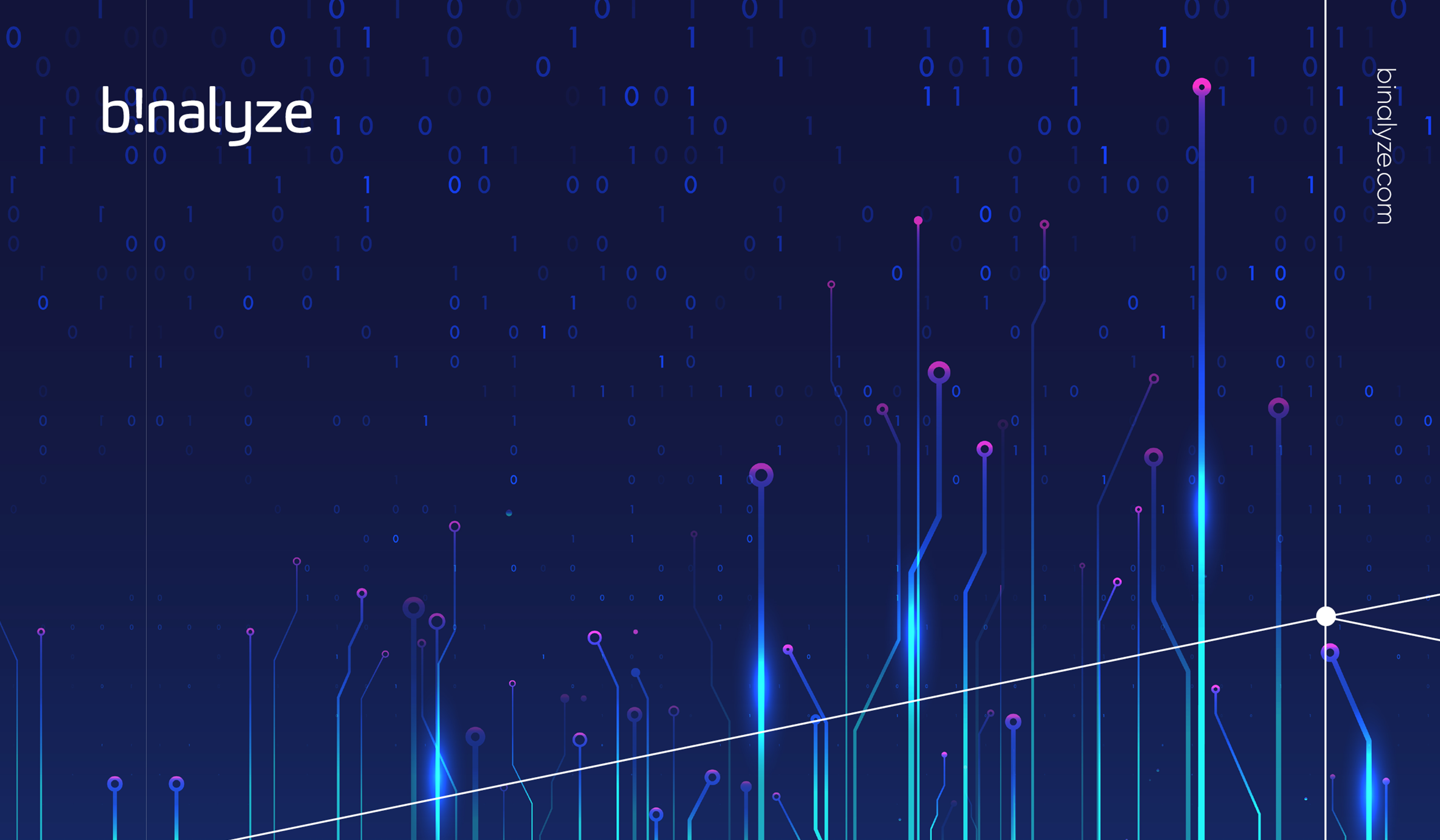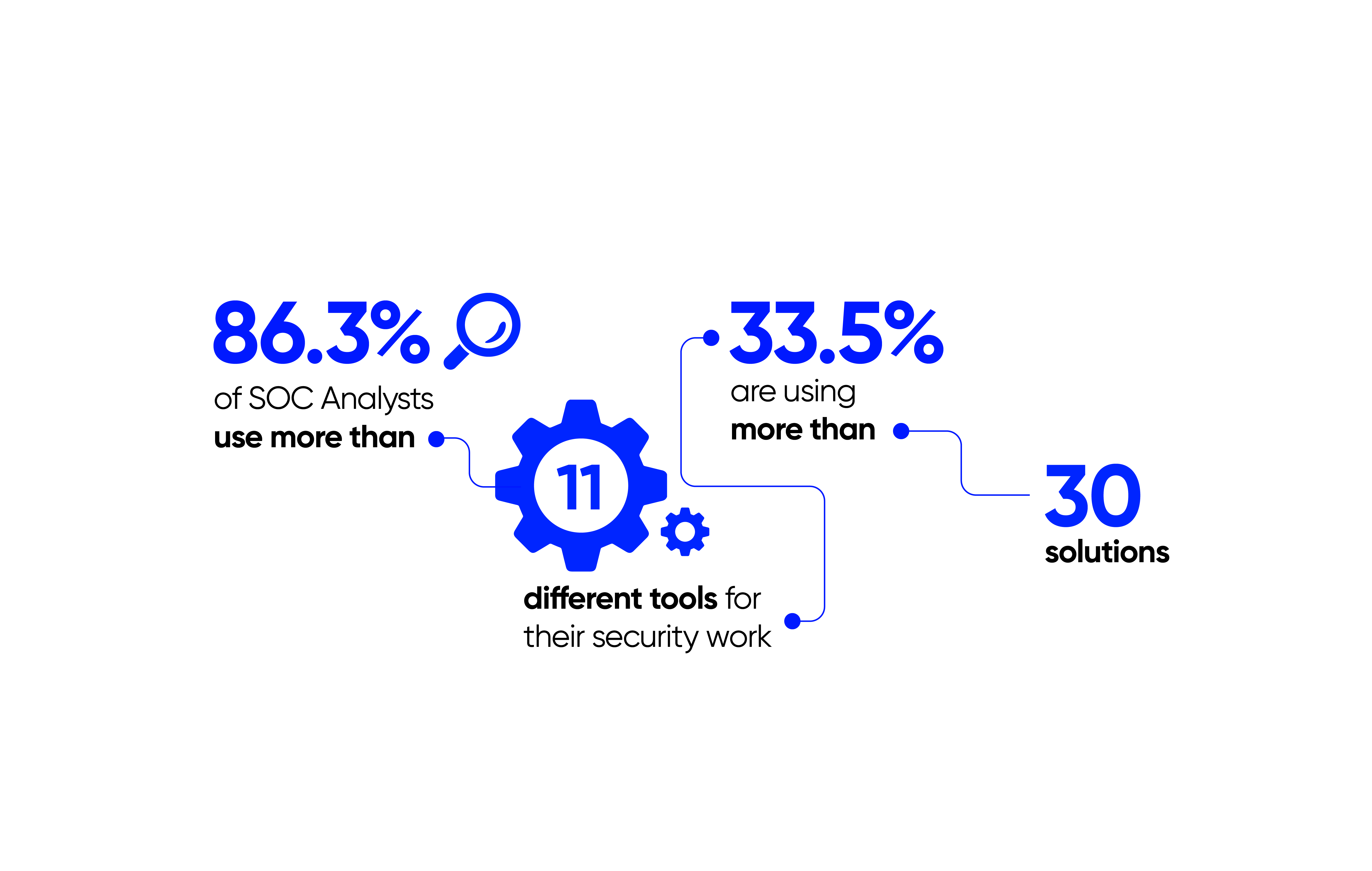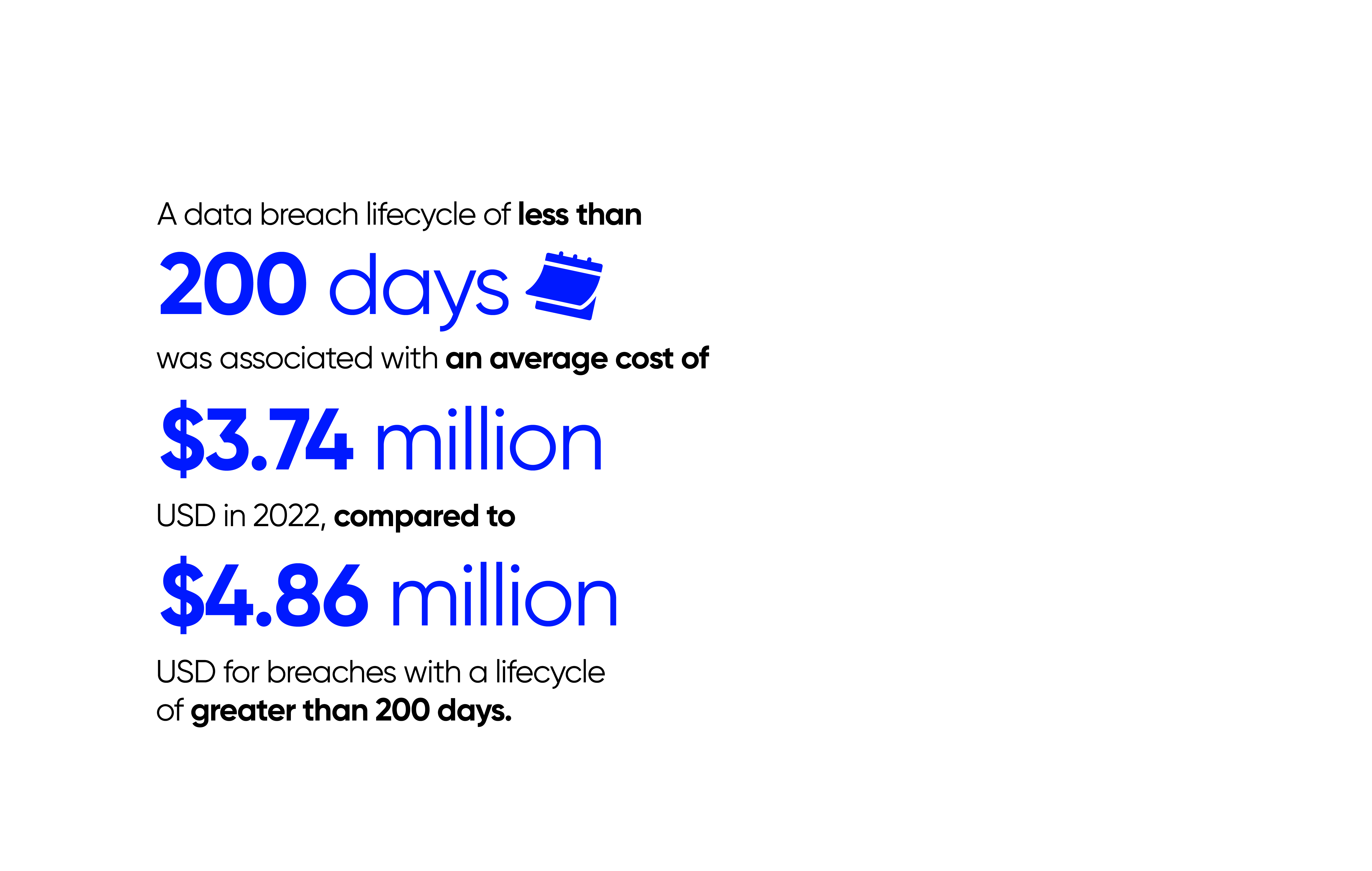4 min read
Addressing the cybersecurity talent shortage: Focus on the right solution
![]() Jaana Metsamaa
:
Mon, Jul 3, '23
Jaana Metsamaa
:
Mon, Jul 3, '23

In the rapidly evolving world of cybersecurity, the demand for skilled professionals is at an all-time high. Yet, a significant number of organizations are grappling with a critical shortage of talent.
A staggering 62% of organizations report that their security teams are not sufficiently staffed. This talent shortage is not just a human resources issue; it has tangible consequences for businesses - organizations with a skills shortage had higher-than-average costs associated with a data breach in 2022*.
At Binalyze we’ve seen firsthand how the right solutions can help address this talent shortage and mitigate its impact. In this blog, we’ll explore how prioritizing consolidation of plaforms, automation, integration, and intelligent evidence analysis can empower existing security teams to do more with less.
We’ll also cover how to reduce the time spent on manual work, and ultimately, enhance your organization's cybersecurity posture.
The rising workload and the need for efficiency
Workload has been increasing over the past year for 60% of security analysts**. This could be due to being short-staffed, the added challenges of remote work during the pandemic, or an increase in alerts and threats due to vulnerabilities caused by remote work.
In such a scenario, efficiency becomes paramount. Security teams need to be able to respond to threats quickly and effectively, without being bogged down by mundane, repetitive tasks.
This is where automation comes in. By automating routine tasks, security teams can free up their time to focus on more complex, high-impact projects. This not only improves efficiency but also helps reduce burnout among security professionals, who often find themselves overwhelmed by the sheer volume of work.
The fragmentation of solutions and the case for integration
The Tines’ report reveals that 86.3% of SOC Analysts use more than 11 different tools for their security-related work, with 33.5% using more than 30 solutions. This fragmentation of different tools can lead to inefficiencies and frustrations, with 64% of Analysts spending over half their time on tedious manual work.

Integration is the key to this problem. By choosing platforms that integrate well with each other, organizations can streamline their security workflows, reduce the time spent switching between different solutions, and improve the overall efficiency of their security teams.
Moreover, integrated solutions can provide a more comprehensive view of the organization's security posture, making it easier to identify and respond to threats.
In addition to integration, it's also important for security teams to adopt solutions that have a good coverage across all different platforms the organization is using. This reduces the need to perform tasks multiple times on different systems, allows for an easier consolidation of information across platforms and helps avoid gaps.
By doing so, security teams can ensure a more unified and effective approach to threat detection and response, further enhancing their efficiency and effectiveness.
The role of intelligent analysis
In the world of cybersecurity, data is king. The ability to quickly and accurately analyze evidence is crucial for identifying and responding to threats. However, with the sheer volume of data that security teams have to deal with, this can be a daunting task.
This is where the teams need to focus on adopting solutions that can sift through vast amounts of data, identify patterns and anomalies, and actionable insights for security teams that allow them to focus their attention on the most promising details. This not only speeds up the threat detection and response process but also helps reduce the risk of human error.
The shift towards remote work and the need for flexible solutions
Over the last few years we’ve seen a significant shift towards remote work. While this has brought many benefits, it has also introduced new challenges for security teams. For one, they now have to deal with an increased number of alerts and threats due to vulnerabilities caused by remote work and on the other hand their own workflows need to adjust significantly by the sheer fact that physical access to assets is often no longer a feasible option.
In this context, it's important to choose a solution that supports remote workflows. Such platforms should allow security teams to collaborate effectively, regardless of where they are located.
More importantly these need to be easy to use and manage, to ensure that less experienced staff can handle more complex cases. Furthermore, these platforms need to support collecting evidence quickly and at scale remotely, striking a good balance between amount of evidence collected and the time it takes to transfer it to the SOC Analyst’s desk.
The impact of a shorter data breach lifecycle
According to IBM Security*, a shorter data breach lifecycle is associated with lower data breach costs. A data breach lifecycle of less than 200 days was associated with an average cost of USD $3.74 million in 2022, compared to USD $4.86 million for breaches with a lifecycle of greater than 200 days.

This difference represents an average cost savings of USD $1.12 million, or 26.5%, for breaches with the shorter than 200-day lifecycle.
This highlights the importance of quick detection and containment of breaches. The right solution can help organizations achieve this by providing real-time visibility into their security posture, automating the detection and response process, and facilitating collaboration among security teams.
The trend towards security vendor consolidation
Gartner reports that 75% of organizations are pursuing a security vendor consolidation strategy, up from just 29% in 2020. The goal is to reduce complexity and increase security efficacy and effectiveness by minimizing and streamlining the number of products used, perhaps via the use of a broader platform.
This trend reflects a growing recognition of the benefits of a unified approach to security. By consolidating their security solutions, organizations can achieve better visibility, streamline their workflows, and improve their ability to respond to threats.
The challenge of visibility in SecOps
Visibility is a key challenge in SecOps, with 54% of security teams describing it as such, according to the Cyber Threats Report 2020 by Netwrix. Analysts are tasked with addressing threats and vulnerabilities, but they don’t always have access to the data they need. Siloed systems and delayed data ingestion make it nearly impossible to get real-time data. Delays or incomplete analysis can lead to undetected threats.
The right solution can help overcome this challenge by providing visibility into the wide range of platforms used by the organization from on-premise to cloud. Ideally, such solutions can also facilitate the integration of data from different sources, ensuring that Analysts have access to the information they need, when they need it.
The right solution for your organization
As we navigate through this talent shortage, it's clear that the right platform can make a significant difference. By embracing the changes the shift towards remote work has brought, and leveraging solutions that natively support remote workflows, automation, integration, and intelligent analysis, we can empower our security teams to work more efficiently, respond to threats more quickly, and ultimately, protect our organizations more effectively.
The future of cybersecurity lies not just in hiring more professionals, but also in equipping the ones we have with the platforms they need to succeed, allowing you to get more done with the people you already have.
So, if you’re ready to see how AIR’s powerful remote features can empower your team, regardless of it’s size and resources - why not sign up for a free 14 day trial?










